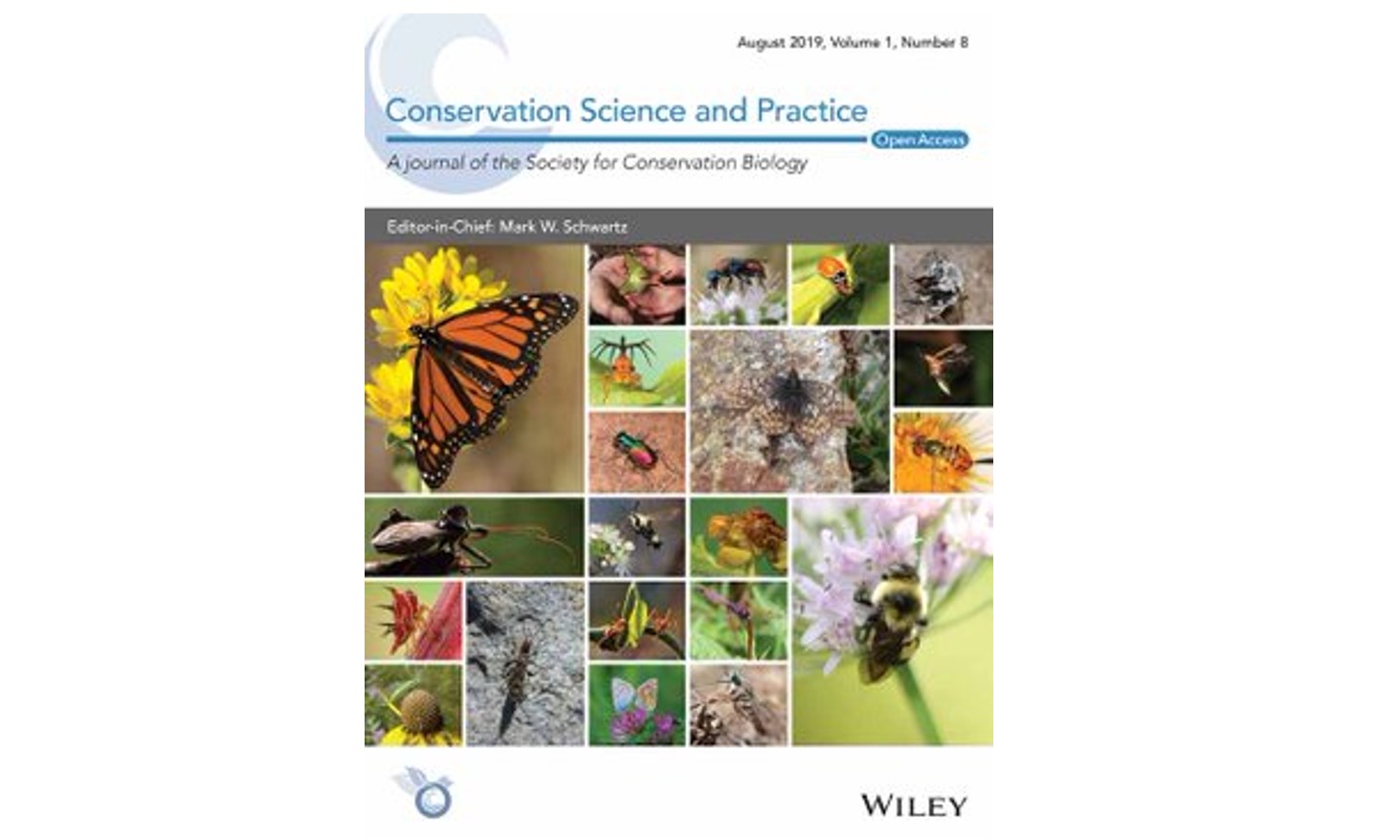Published in: Conservation Science and Practice
Authors: Julia Panfylova, John G Ewen and Doug Armstrong
Abstract:
Structured decisionâ€making (SDM) has become popular in natural resource management but has been underused in reintroduction programs. We illustrate how conservation managers can use SDM to guide management decisions after initial reintroduction, when data are still limited and uncertainty around vital rates estimates is high. In 2013, the hihi (Notiomystis cincta), an endangered New Zealand forest bird, was reintroduced to Bushy Park (BP), a managed conservation reserve. High postâ€release mortality in females led to the population remaining small after 2 years, raising the question of whether more females should be released. We built a model to evaluate three management alternatives, including no further translocation and translocations of 15 additional females (from the only possible source population) in either 2015 or 2016. The fundamental objectives identified were to maximize the number and persistence of female hihi in BP, minimize the impact on the source population, and minimize costs. Our decision analysis incorporated uncertainties in parameter estimation, model selection, and demographic stochasticity. It produced distributions of final scores for each management alternative based on population projections for both the BP population and source population, and objective weights assigned by stakeholders. Although the distributions of final scores overlapped greatly, the “no translocation†alternative was largely stochastically dominant over other management options, that is, it was clearly the best choice in most projections and the choice was ambiguous in the remaining projections. The decision was also unaffected by variation in stakeholder values. Although the underlying modeling was complex, the output provided a simple visualization of outcomes that allowed the recovery group to make an informed decision (no further translocation) that fully considered the uncertainties.
You can download the article here
